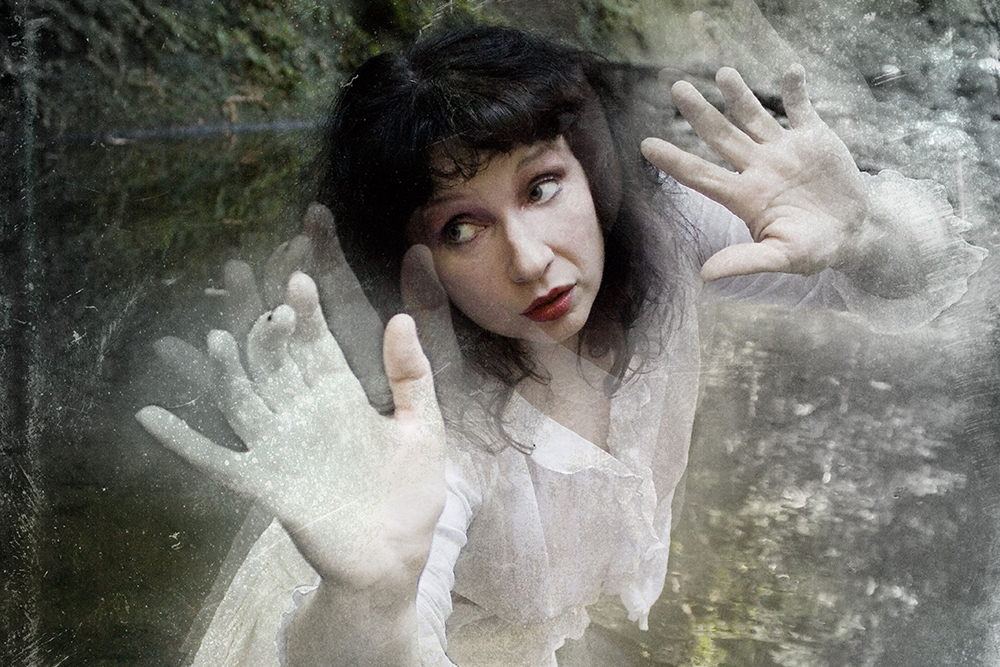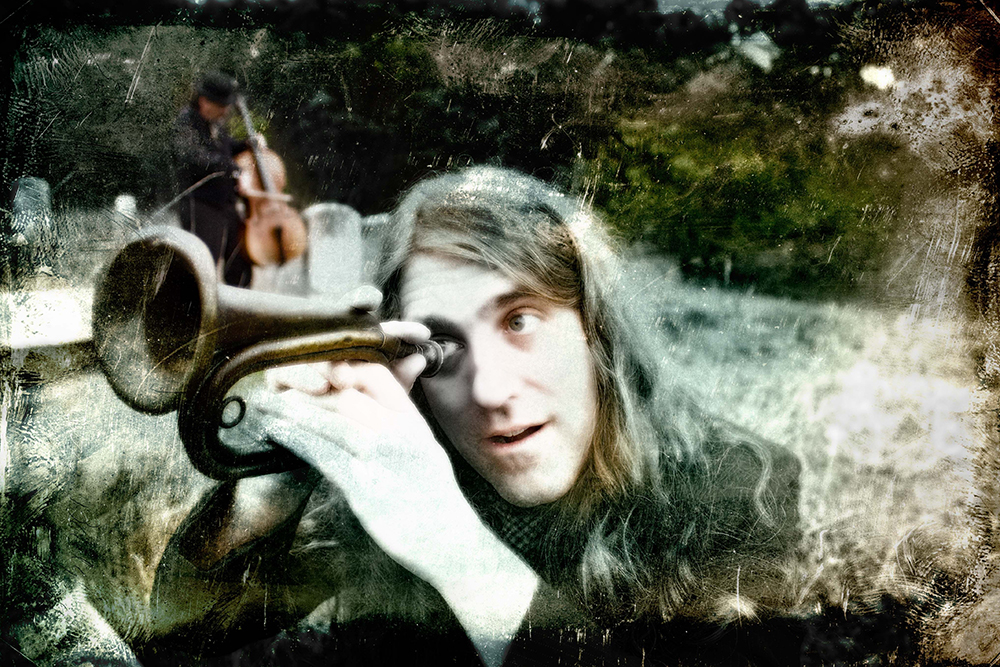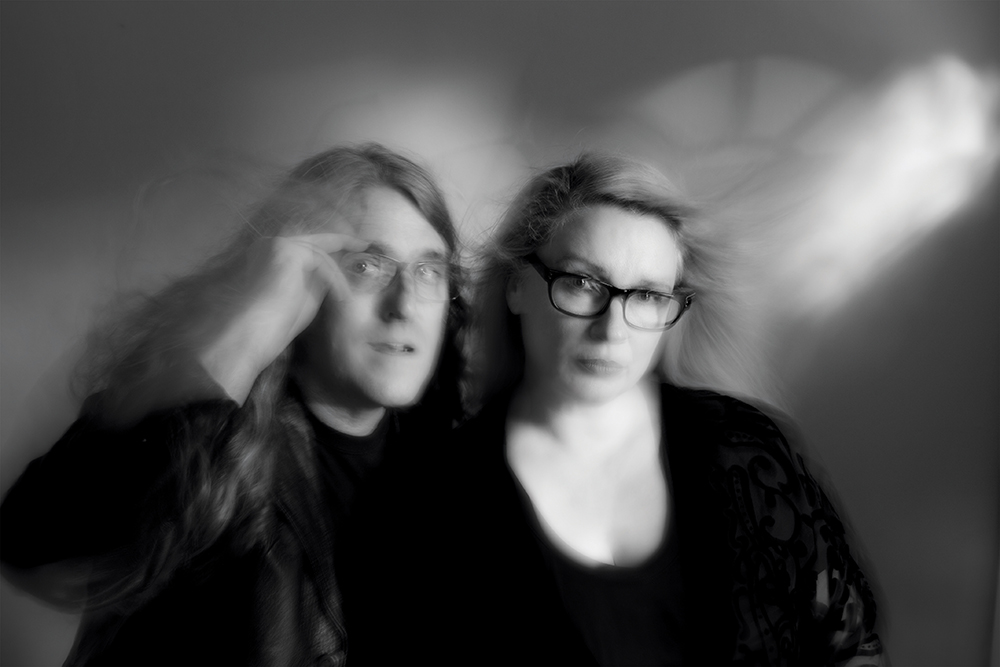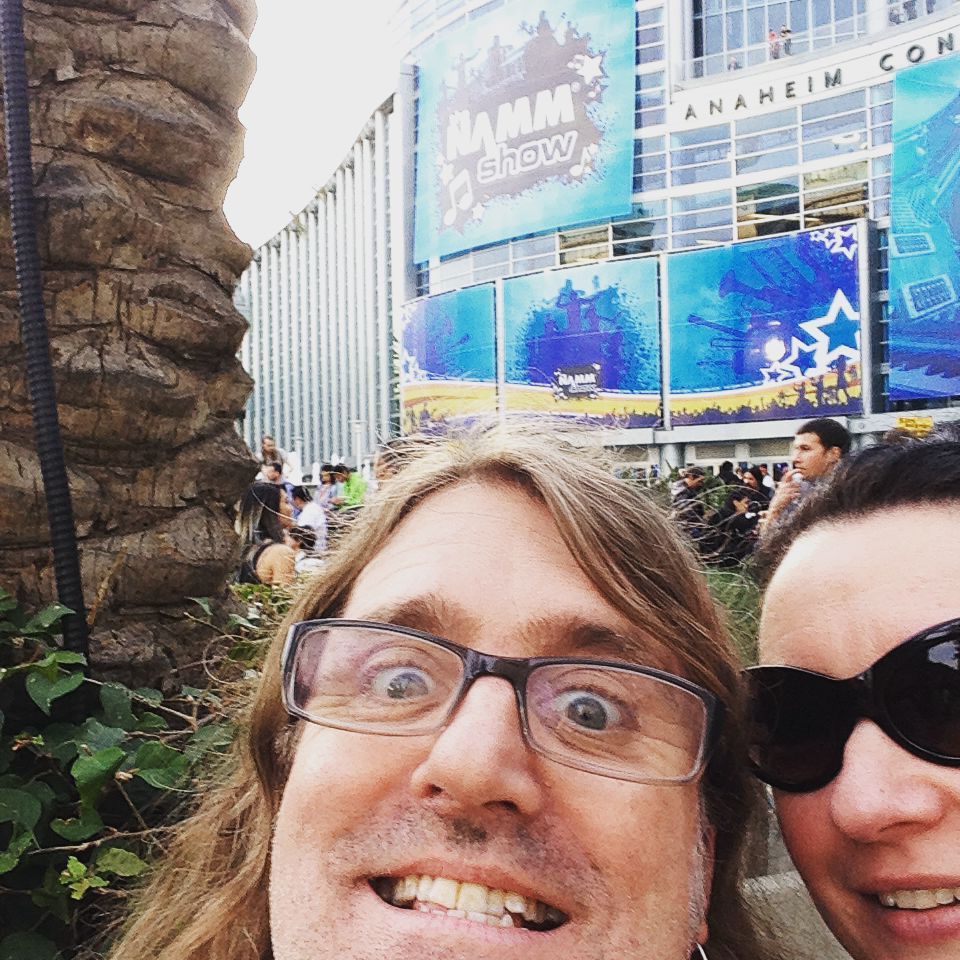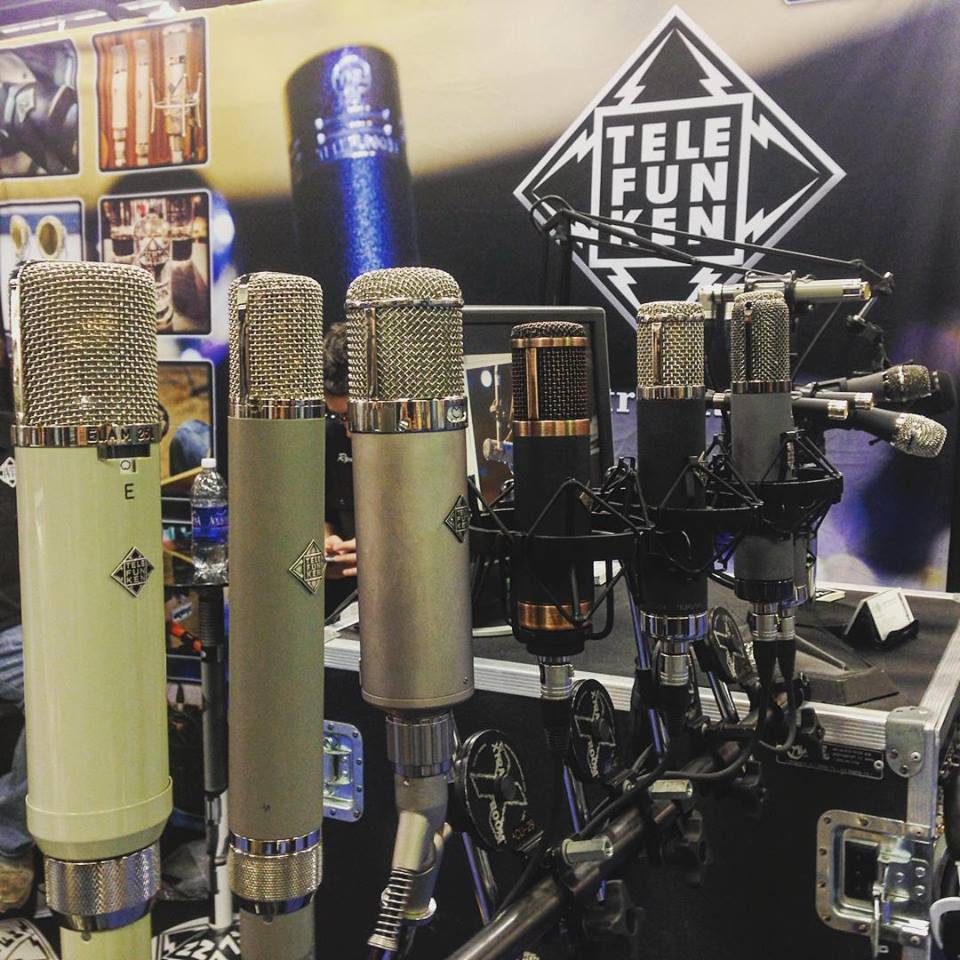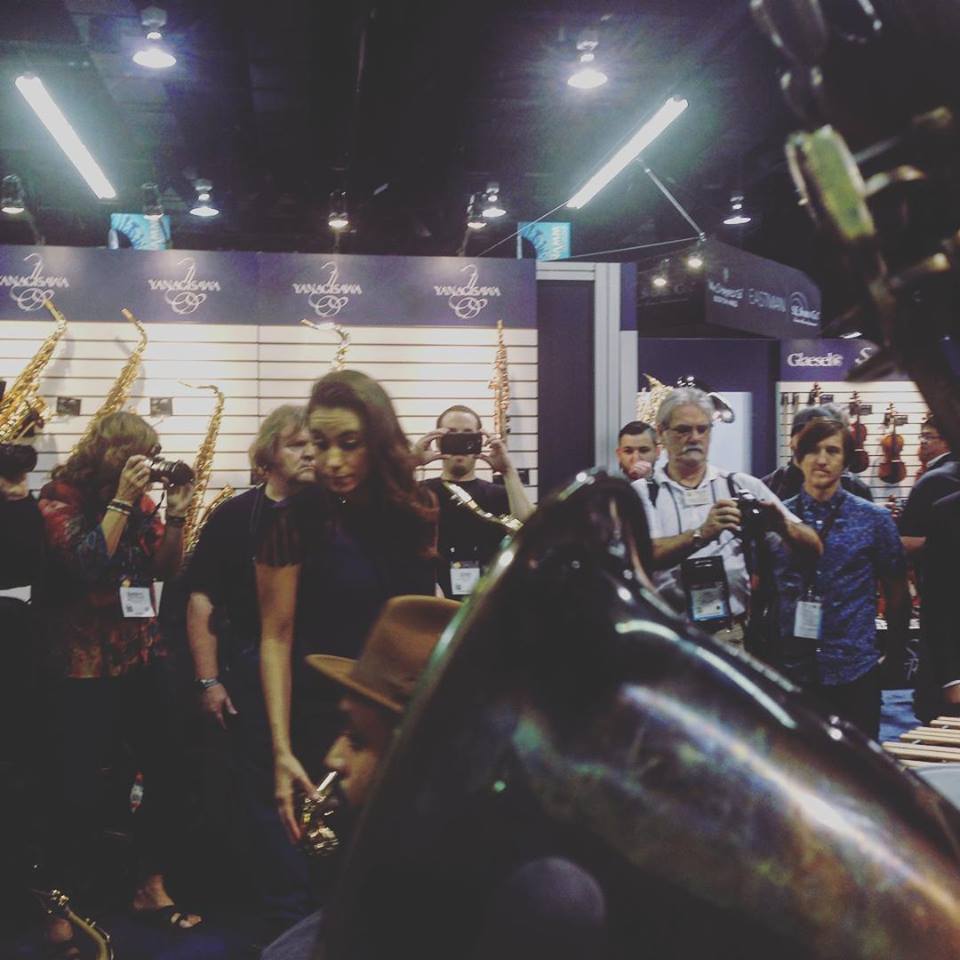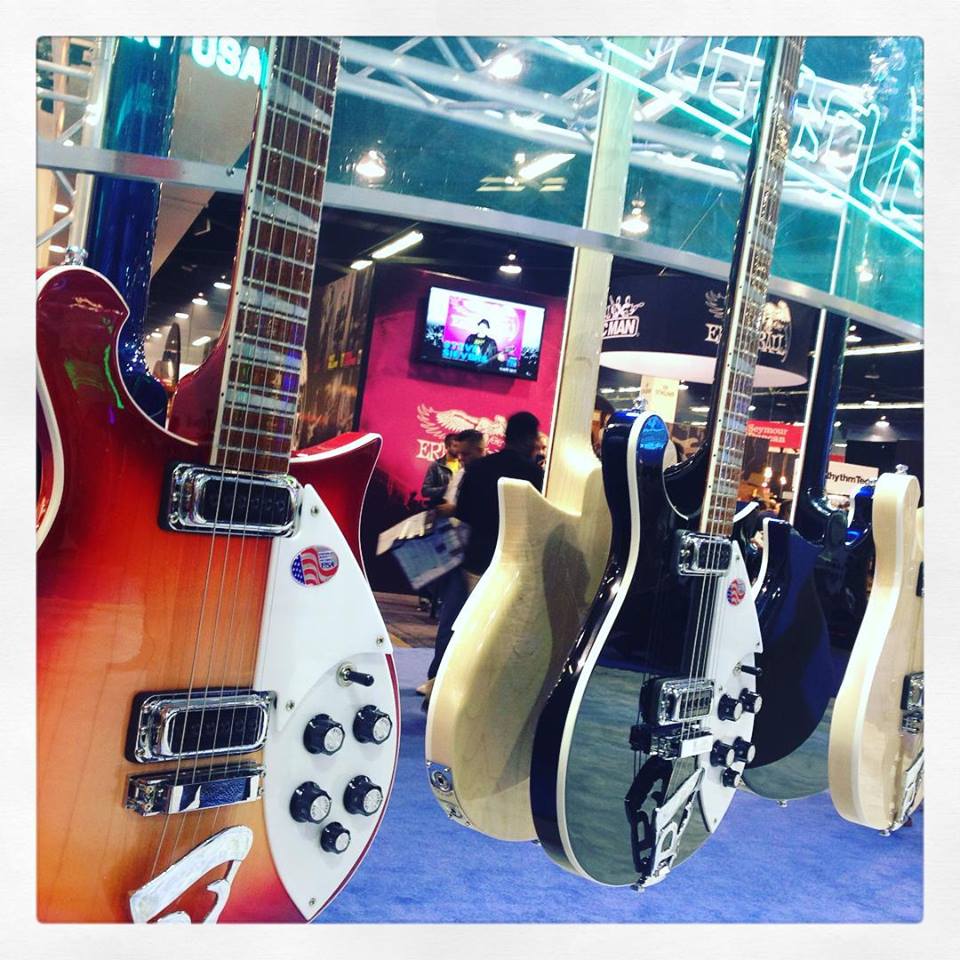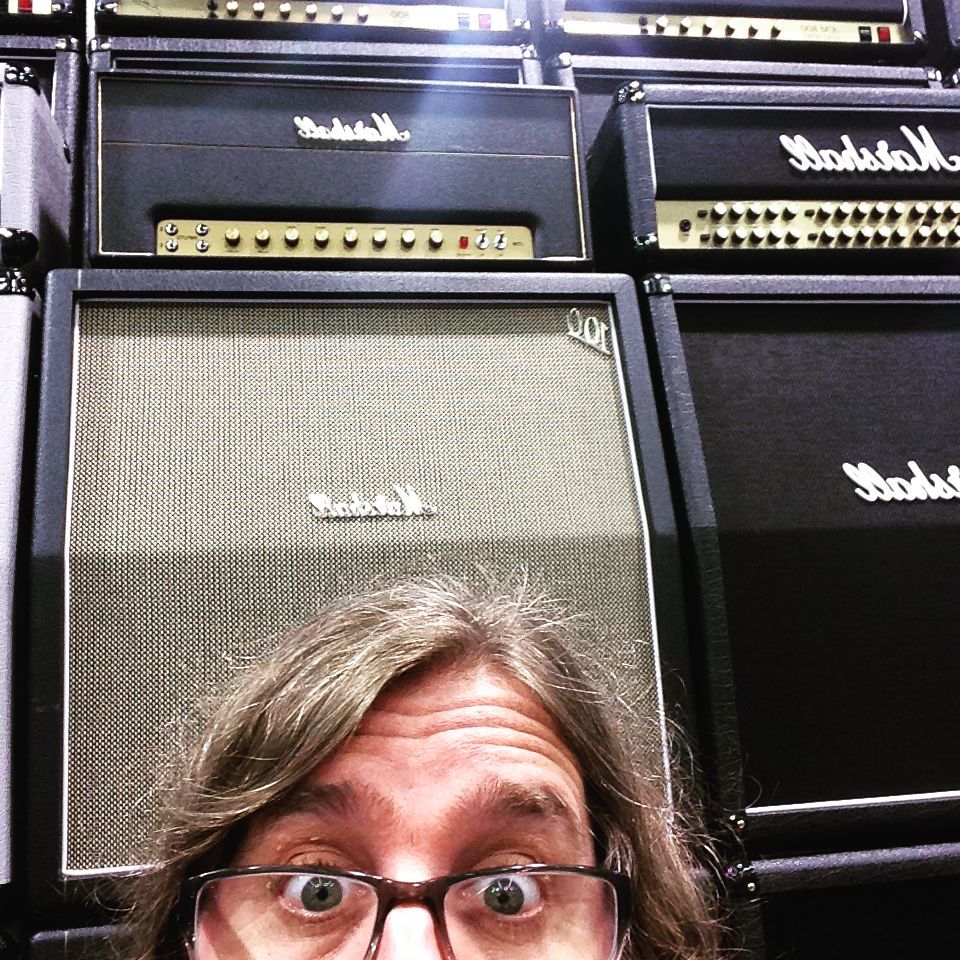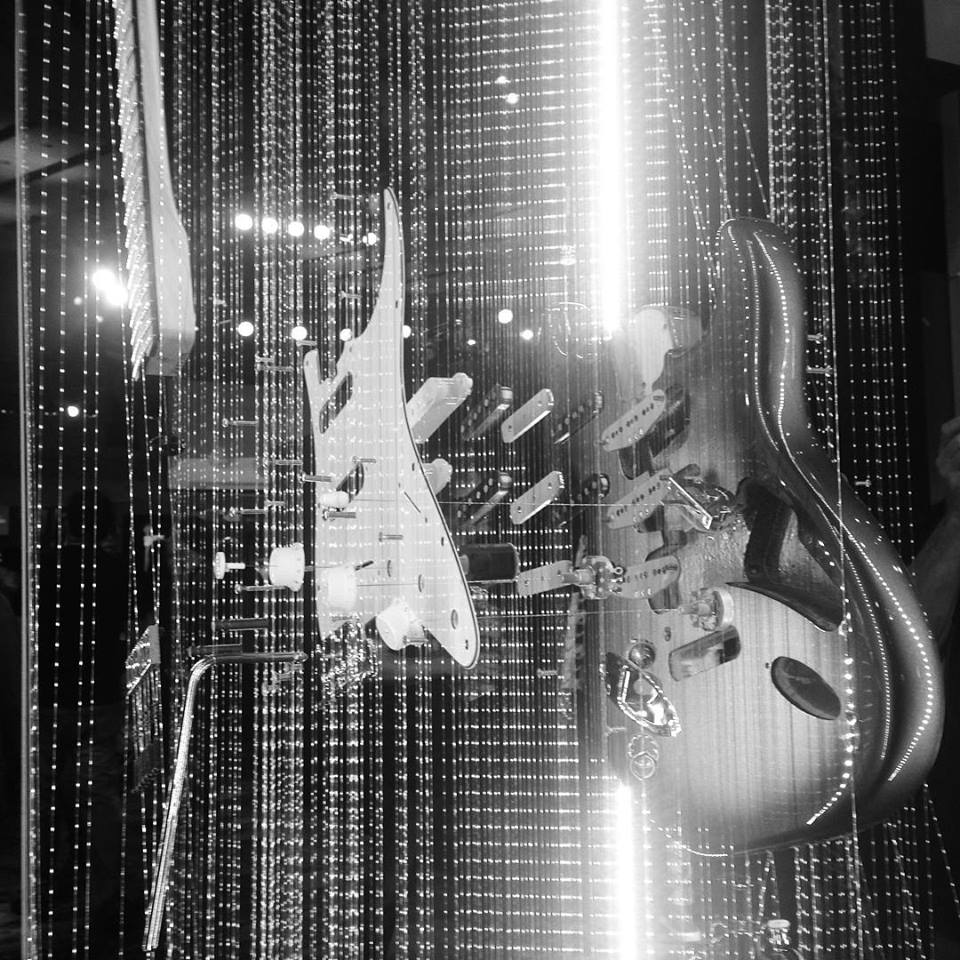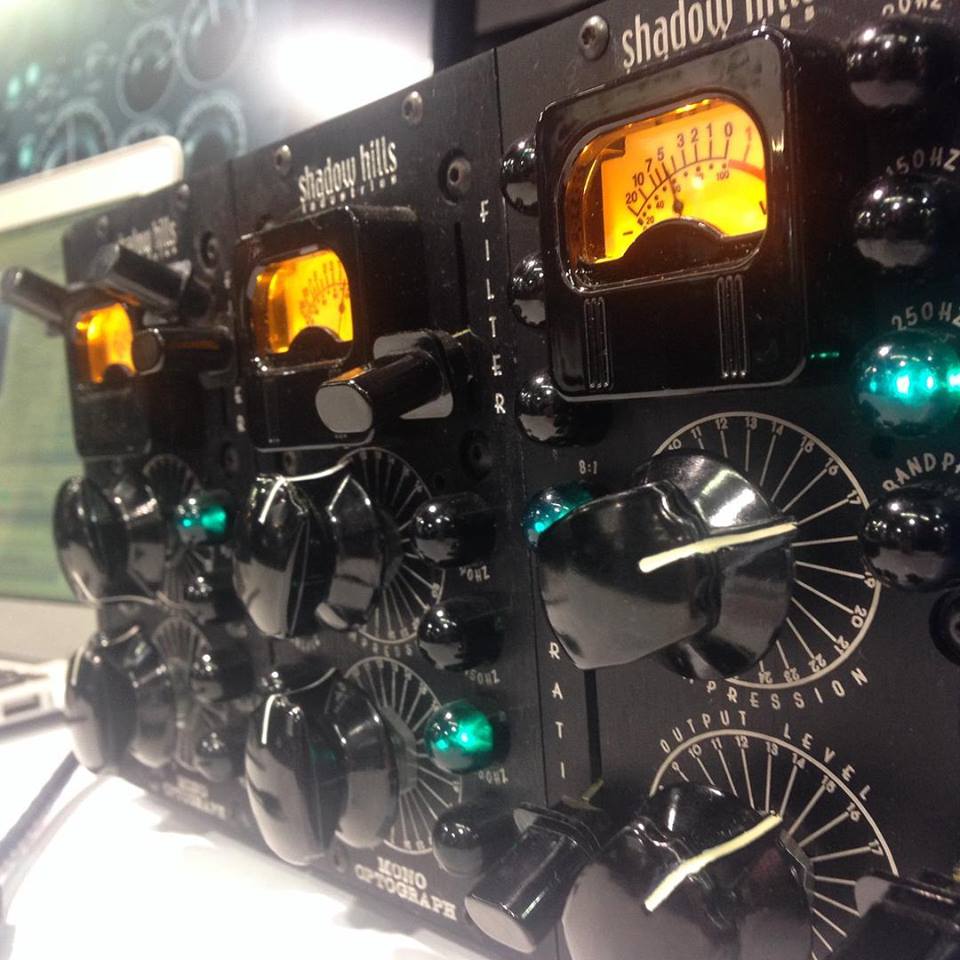Producing and recording ArtemesiaBlack’s new album, Gravity, was a very different process from the first two albums.
This is the chronology of the 3 very different ArtemesiaBlack albums and the way they came together —one can’t simply explain Gravity.
Sabine and Her Music – the Birth of ArtemesiaBlack
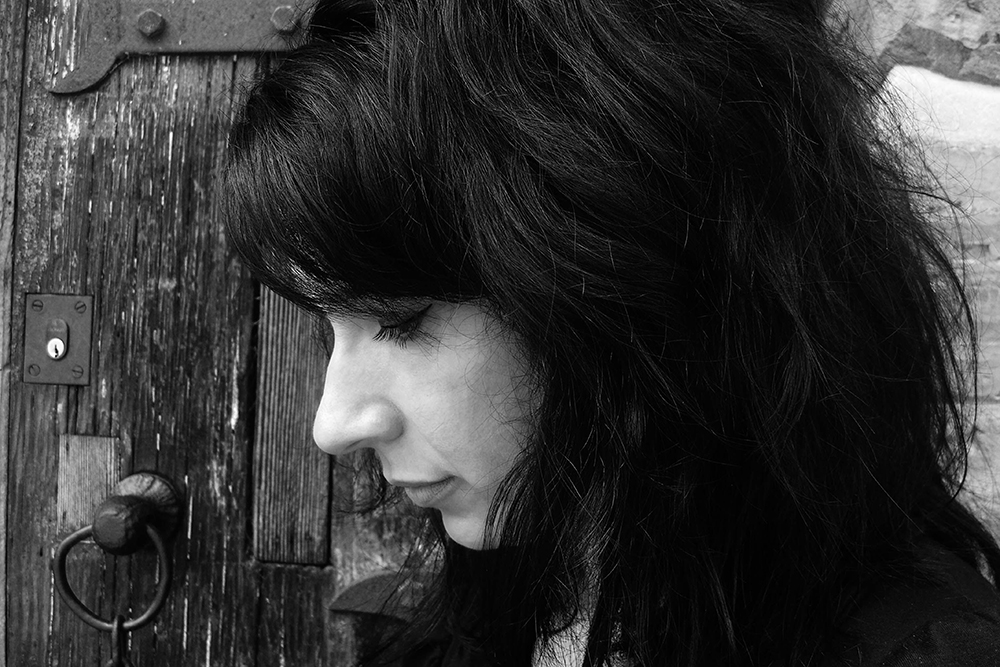
Unlike most people who create music, Sabine made music for the pure love of making music—and she made it literally only for herself. In her mind, she did not care a bit if the world ever heard it, and in fact, she did not want the world to hear it; nobody had ever heard her music until she made the brave decision to share it with me. I can’t really stress enough that music was a purely private escape for Sabine—she even played it very quietly in part so her roommates would not hear her.
We met in 2006, not in person, but having conversations about music online, and that turned into phone calls, and eventually into much more, obviously. As she recalls, she told me she wrote songs and immediately wished she could put the words back in her mouth. But the cat was out of the bag, and so one day, a cassette tape from Australia arrived. Given how she described her relationship with her music, I was sort of expecting some awkward, quirky, precariously performed songs—but from the moment the warble-y cassette(obviously, the recorder she used had not been cleaned in..well ever)started, my jaw sort of dropped! The vocals were in tune and the tone was amazing. The guitar, though played with a simple finger picking technique, felt deep with a certain harmonic complexity—it was not the typical strumy-strum you hear with a lot songwriters. I told her we were going to make an album of her songs when I got there—I think she was terrified.

I assembled
my first mobile recording rig when I went to Australia: it was a
G4 laptop, a
Digidesign Mbox 2(a prototype that didn’t even have writing/labels on it), and
3 microphones: a
Blue Dragonfly, an
AKG 451, and a
Shinybox ribbon mic that all fit neatly into one case. I didn’t know it at the time, but this mobile rig was the beginning of Basement 3 Productions and recording people other than just myself.
Sabine had a good feel and naturally good time, so I thought we’d record her to a click track, guitar and vocals separate, to give me more editing flexibility—nope—wasn’t going to happen. Sabine was used to recording herself, but to have me in the room, and to be recording a detailed version of her songs with the thought that others would hear this…well, that was another thing all together and it made her extremely uncomfortable. Trying to get her to play to that click was just killing her performance, so I made the decision to just put one or 2 mics up in front of her and just let her go. It was a matter of making her as comfortable as possible and not trying to force her into a way of working that was certainly going to negatively impact her performance.
It was great to learn early on that working with others requires flexibility and the willingness to switch gears on a dime in order to achieve a good capture of a song. My years of experience didn’t matter in the least if the methods i was hoping to use killed the art. Me and most of the musicians I’d ever worked with had quite a bit of analysis combined with feeling when we did studio work, and we were fine with doing things over and over until we got the ‘right’ take. Sabine was all feeling, and if she didn’t get a good performance in about 3 takes, it wasn’t going to happen that day.
working with others requires flexibility and the willingness to switch gears on a dime in order to achieve a good capture of a song
So that’s how we rolled: I’d capture her songs as a live take, both guitar and vocal all at once, and then I’d build around that performance. Sabine’s feel was good, but the time definitely moved around a bit, which made adding parts a bit more challenging, but that’s where my determination and analytical skills came in really handy. She’d come home from work and hear what I’d done, and she’d get a big smile on her face—it was fun to watch the thrill of creating produced songs excite her imagination, and soon she was coming up with plenty of ideas to throw in the pot. Aside from adding my (acoustic) guitar parts and back up vocals, I added some percussion elements using both actual percussion(shaker and dumbek) as well as found objects—including the washing machine(good bass drum).
Our Very First Song We Wrote Together
Trying to write at the same time didn’t work…. Sabine has to go write her words, get a melody(and general chords, though this song was only one chord), and then bring it to me to orchestrate. That is still pretty much how it goes, only the orchestration process is much more elaborate.
Our first collaboration/co-write was a song called
’Shipwreck’(a song she wrote that day inspired by shipwrecks at
Cape Otway), and we recorded it in a cabin along
The Great Ocean Road(Johanna), using the sounds of the
wood fire and driftwood for creepy ambience. The initial track was recorded with both of us on either side of the
Shinybox ribbon mic…me on guitar, being louder, much further away, and her with her quiet vocals up close…the old wood cabin sounded really cool. This song was also a prelude to the
‘ghost stories’ she would tell at shows later on. It also showed us how we would work best, and still work, in terms of writing, today. Trying to write at the same time didn’t work…. Sabine has to go write her words, get a melody(and general chords, though this song was only one chord), and then bring it to me to orchestrate. That is still pretty much how it goes, only the orchestration process is much more elaborate.
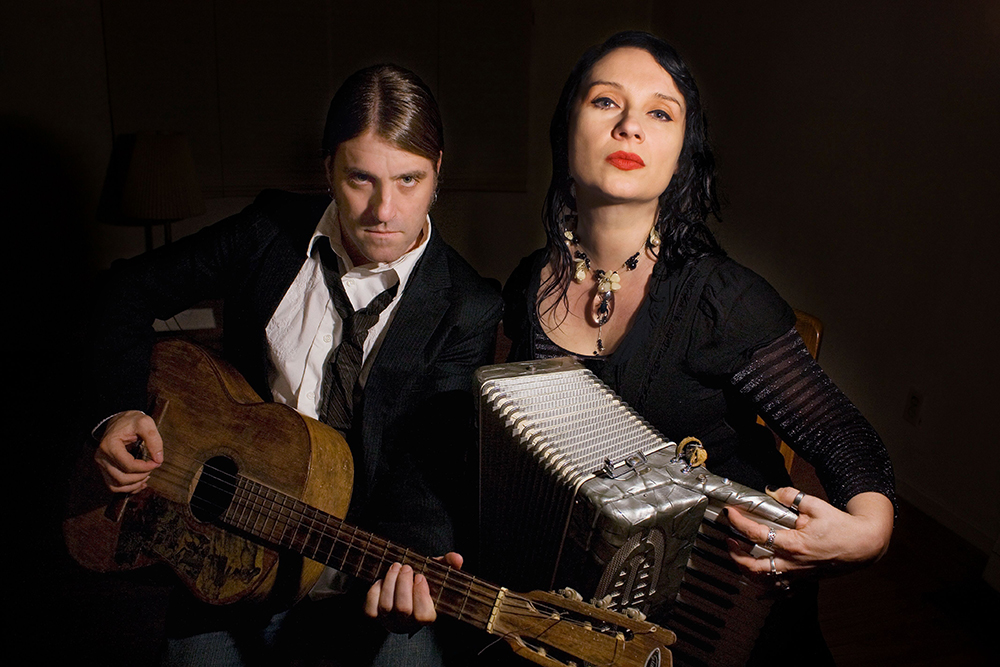
One thing that came up early on is that writing with a significant other has some some emotional challenges—my time in Australia was fraught with fear of the unknown, self doubt, and indecision—this certainly had a profound effect on a sensitive soul like Sabine, and as she wrote, though it wasn’t directly obvious, I could hear her struggles(that I was causing) in her lyrics, and the songs were beautiful, but difficult at times to work on and listen to over and over… of course, this theme would and will always be part of working with her…within the deeply felt songs she writes are reflections of her flaws and struggles, but also my flaws and the pain I sometimes cause her too, which I often don’t want to face.
I could hear her struggles(that I was causing) in her lyrics, and the songs were beautiful, but difficult at times to work on…
Sabine came to the US in 2008 and immediately, we got in my car and drove across the US and
back for 2 months—I’d booked shows all along the way centered around a show I got at the
Bluebird Cafe in what is now our home town,
Nashville. Sabine had played exactly 2 performances in Australia(which terrified her), so this was kind of her worst nightmare come true in a way. But she did it, and did it well, though I couldn’t help but notice that the whole process of ‘being a musician’ was perhaps killing the spirit of what music meant to her. Yet on we went, and she came back from the trip with new songs, mostly inspired by our time driving through
the south.
Sabine had played exactly 2 performances in Australia(which terrified her), so this was kind of her worst nightmare come true in a way. But she did it, and did it well,
A year or so after the tour, we started a band with upright
bassist David Sierra and
percussionist Rain Cruz—we’d later add
drummer Mike Freitas. This was a different era—Sabine had become more comfortable with the recording process and having her songs ‘out in the world’. The band was a fun experience in that others brought their own creative ideas to the table–it brought in ideas we may not have had and the old songs took on a new life while new ones were born of this band dynamic. We had enough songs for an album, so we set up In
Hans Heim’s Studio B in the lovely mountains outside
Santa Cruz, CA.
We cut the basic tracks with the band live, but on most songs, we did it sans vocals so we could do them separately. This album, though still mostly acoustic, started to see me overdubbing electric guitar parts and some woodwind parts. A few experimental elements started to make their way in, and album 2, ‘Ghost Stories’, was born—quite a different experience from the first album.
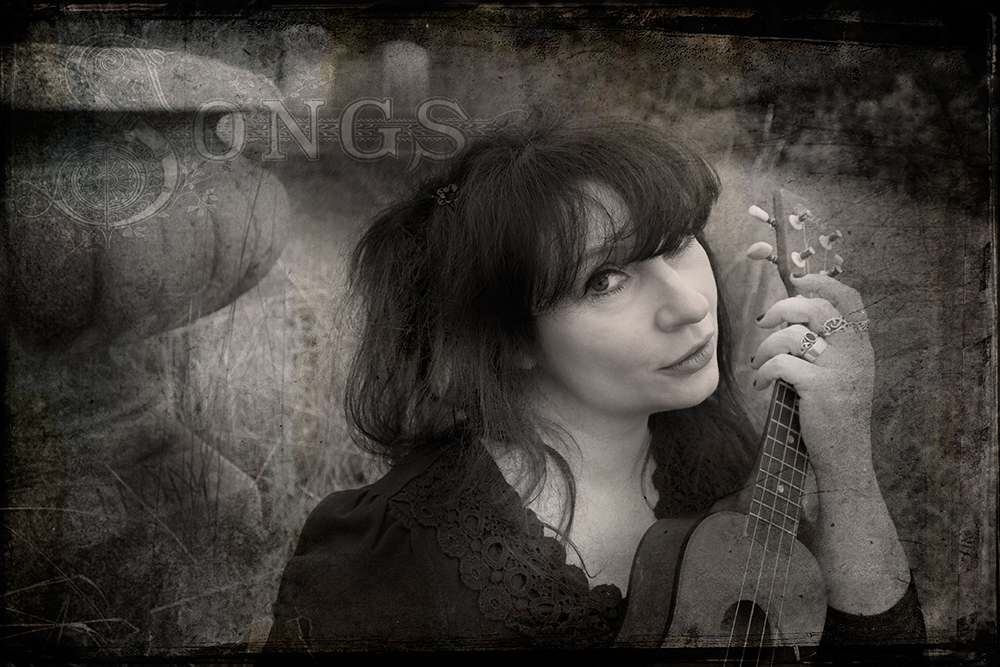
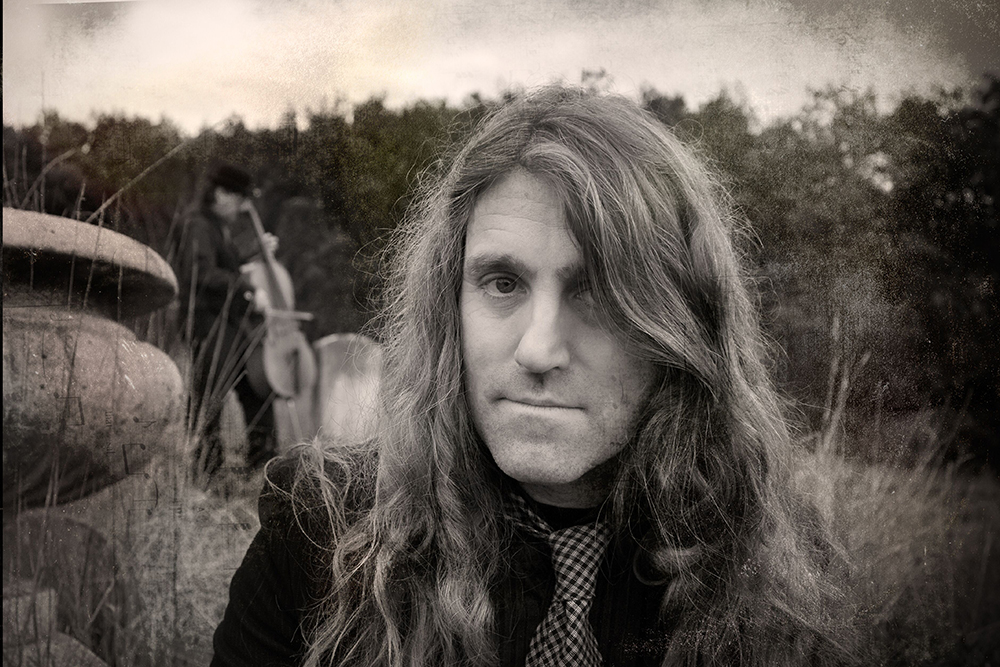
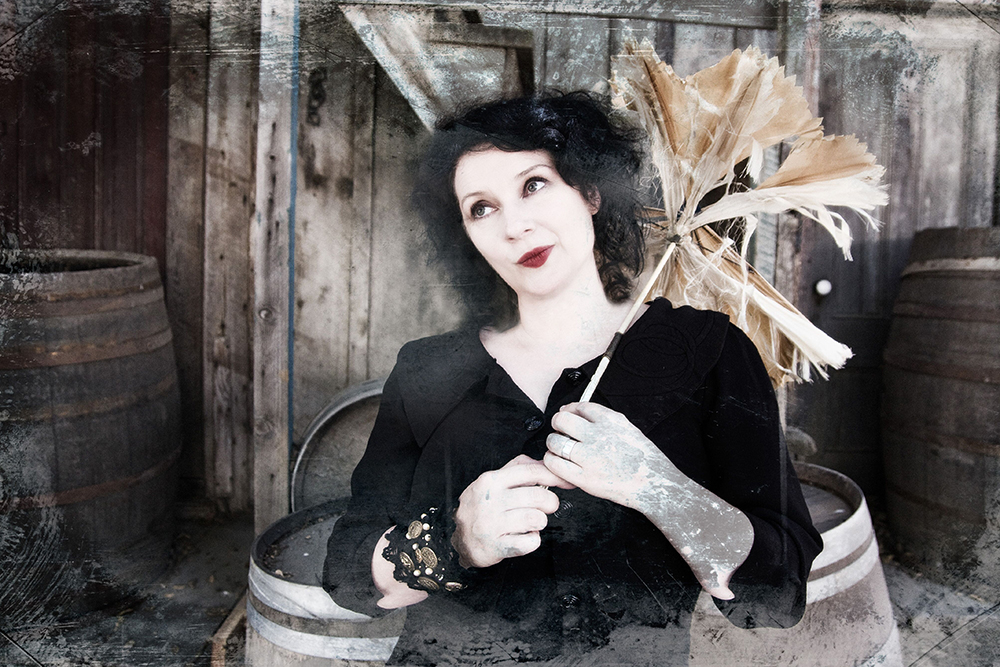
The Apple Falls – Gravity
After gigging for a few years, band members moved on as they often do, and Sabine and I were back to being a duo. This gave us a blank canvas again to redefine what we wanted to do. Working with artists and helping them create their dream recordings with
Basement 3 Productions had led me down a lot of new musical paths, and I was eager to try some of the things I developed/discovered for other artists on our music—and take those discoveries even further.
…we just wanted to make music that we, and our friends, would like to listen to…
Sabine and I also wanted to remove the limitations of ‘what could be done live’—we just wanted to make music that we, and our friends, would like to listen to. As we’d also been making music for licensing, we’d come up with a few songs written with inspiration coming from sources outside our own thoughts, and we found a few of these songs were actually really great ArtemesiaBlack songs. Though a few of the ‘ghost stories’ still remained, we found the scope was quite a bit broader this time around. Our normal way of writing had been to figure out how to perform the songs Sabine had written, and then augment the live versions, but this time, we learned the songs just enough to get a basic demo, and most often, the initial part(acoustic guitar) used to start building was totally stripped from the song.
…there was also a lot more experimentation with sonics, as I’d built up quite a nice sound library of virtual instruments and odd sounds as needed working with so many diverse clients in the production business…
As with so many of the artists I’d worked with, I approached the song simply trying to figure out what might sound cool and unique—there was also a lot more experimentation with sonics, as I’d built up quite a nice sound library of virtual instruments and odd sounds as needed working with so many diverse clients in the production business.
New technology in recording and mixing has made it possible to do things I would not have been able to accomplish 12 years ago when we started Basement 3 Productions. Growing the business and keeping up with technological advances has provided me with amazing tools that are now at my disposal for ArtemesiaBlack—it’s a whole new palette to draw from.
Of all the albums I’ve played on(music that I wrote or co-wrote that is), which is so many now, this is the album that I’m most proud of artistically and technically.
Early in 2018, we’d completed all the parts, and began mixing the new songs. I also wanted to remix the first songs I had already finished to incorporate new mixing tricks and sounds I’d picked up over the years. Of all the albums I’ve played on(music that I wrote or co-wrote that is), which is so many now, this is the album that I’m most proud of artistically and technically. Even though I’ve heard these songs hundreds of times, I still really enjoy listening to this album because of the great amount of heart and spirit Sabine’s songs embody.
It’s all just Geekery to me
Some geekery in terms of mixing and mastering the new album: Because so many people are streaming music now, and because streaming services are using volume normalization, a loudness cap for an easier way to understand it, the need to make songs so loud is disappearing, and in fact, is detrimental to how it sounds on streaming. I always disliked what was termed the ‘loudness war’—the competition to make your song louder than the next so it stands out(think annoying loud-ass commercials on TV), so having the ability to leave dynamics in the music, especially this music which is very dynamic, was exciting. A lot of engineers and mastering folks aren’t quite letting go of the ‘loud’ thing, so I made Gravity a touch louder than I might a few years from now, but it was really a pleasure to work knowing I didn’t have to ‘compete’ in a way that was detrimental to the music. I’ve been using this same ‘less loud’ approach with artists I work with both in mixing and mastering, and they have really been enjoying the results.
We are really proud of ‘Gravity’. As artists, we continually strive to learn and progress our craft(s), and we are happy this album makes quite a step forward. We wanted to put something a little different into the world—something that can be enjoyed by those seeking new perspectives to inspire them. We hope this will satisfy those with a hunger for artistic heartfelt music as well as audiophiles who like to immerse themselves in sonic landscapes. We hope you will listen and just float free…..
Photography by Kenny Schick – Kenny Schick is a Music Producer, engineer, singer songwriter & professional photographer, living in Nashville TN (from the Bay Area CA) (see more photos here)




